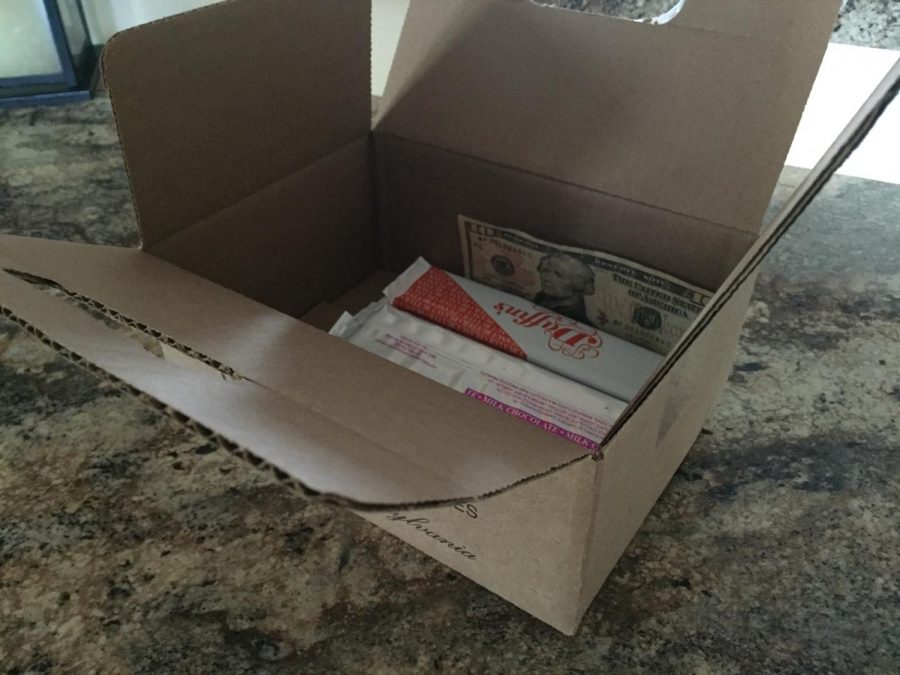Fundraising events, sales techniques change as students transfer between school
On average, schools across the country raise a collective $1.5 billion in fundraising every year. Different sales and events start in grades as young as kindergarten. The goals of fundraising never change, but the means behind it do.
Between elementary, middle and high school, the fundraisers begin to change as the students get older. At the elementary school, the Parent Teacher Association (PTA) deals with setting fundraisers up for the students. They also aim more towards parents and families when trying to collect money.
“With our students being K-4, we discourage door-to-door selling, so it normally appears that they ask family members, parents take them to work or I have even seen some parents post the order form on Facebook,” Heather Andrews, co-chair of fundraising for the elementary PTA, said.
As they get older, the focus is then put more on the sponsors of clubs to initiate the processes. Ski Club and National Honor Society (NHS) sponsor Kristen Milanovich shares the duties of working on fundraisers with students. She gave an example of the most recent pizza fundraiser NHS is doing.
“With this one, I discussed with Jon Kaercher, who is in charge of the fundraising for NHS, so he and I discussed some options. We came up with a few ideas and then chose to go with this one. I did reach out to the company, but Jon was involved with me. I do try and involve the kids so they know,” Milanovich said.
Similar to this, middle school Pep Club sponsor Sara Heiman mentioned that it’s a mixture of student, parent and sponsor involvement when setting up and conducting fundraisers.
Another major component of fundraising is the number of events going on at once. The elementary school may not have as many overlapping fundraisers as the other buildings since one organization is in charge of a lot of the different events. At the middle and high school, there are several different clubs that could all be trying to raise money at once. In the elementary school, all the money is going to the organization to be used when needed. At the middle and high schools, students are also raising money for individual accounts for events like ski trips, band trips or other events.
“There is so much of it going on. There is always a group trying to raise money for something, so as the sponsor of Pep Club, I try to not do too many,” Heiman said.
With so many different fundraisers going on at once, some groups of people may feel pressured to buy from a student, including teachers.
According to Andrews, teachers rarely buy from students in elementary school. That number changes, though, when looking at middle and high school sales. Sophomore class sponsor Craig Bohon, along with Heiman and Milanovich, mention that teachers are willing to buy from students if asked. Some students at younger ages may be too scared to ask their teacher.
Bohon mentioned that while teachers want to support the students, they sometimes have to decline.
“Teachers love to support our students. However, keep in mind that if a teacher declines, it isn’t that they don’t want to support [the student]. We each have 100+ students and get asked to buy something sometimes as often as three times per day. We may have just purchased from someone else or we may have already spent $50 or more this month on other student fundraisers,” Bohon said.
Representatives from each building said that they aim to fundraise in the fall and spring and try to avoid fundraising around Christmas time. They also all mentioned that food fundraisers do well. Bohon said that he has seen between $400 and $1,200 in food sales, while Andrews has seen between $2,000 and $4,000 in candy or hoagie sales.
Although there are differences in how fundraising programs are set up in each building, it has proven to be a vital part in funding school events and trips.



